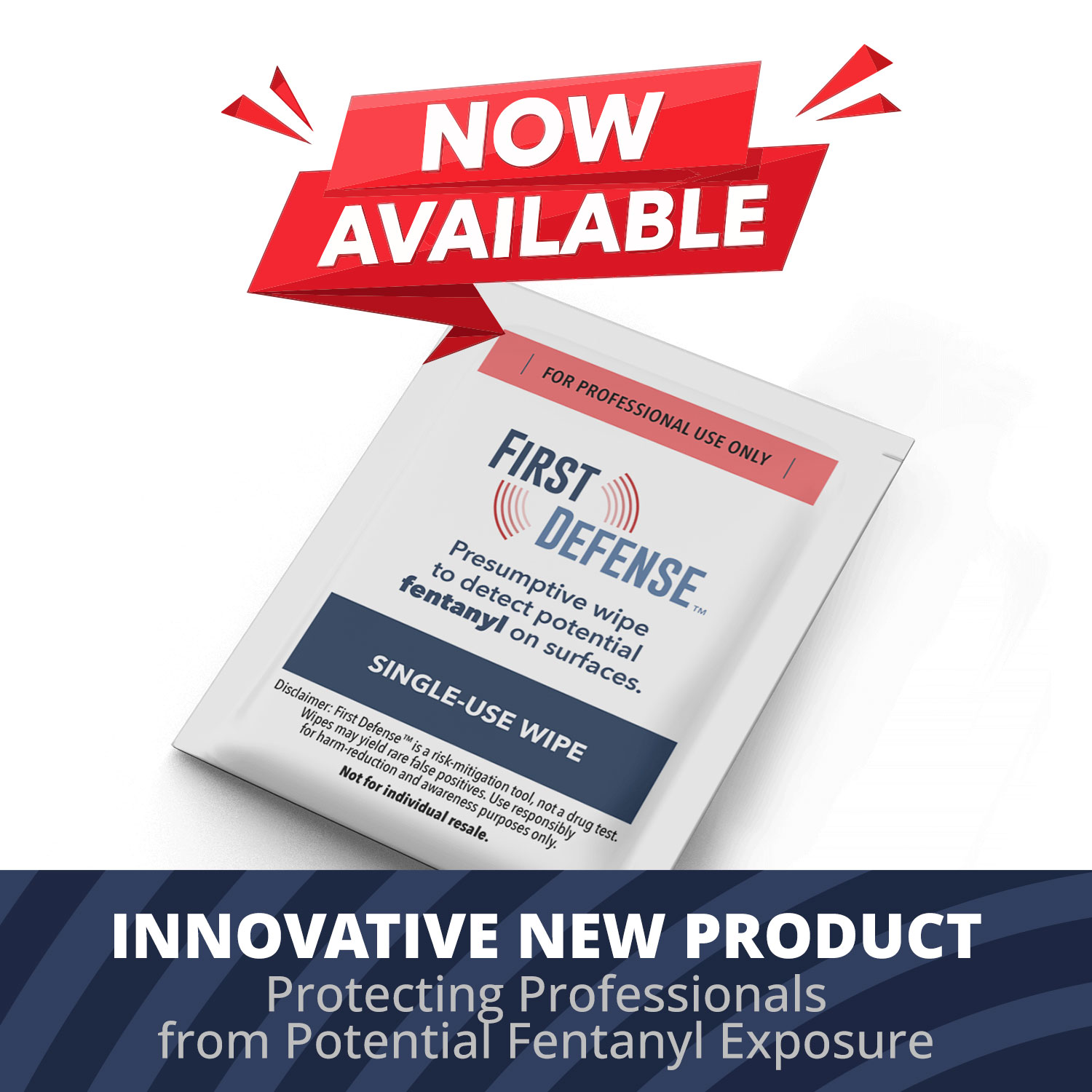Frequently Asked Questions
What are Nitrile Gloves?
Nitrile gloves are made by combining acrylonitrile and butadiene, to create a synthetic rubber called nitrile. This synthetic rubber is 100% latex-free and protein-free. For people who are sensitive to latex gloves we recommend nitrile gloves as an alternative. Nitrile gloves provide an excellent feel, fit, and comfort. Keep in mind that while they are highly elastic their elasticity is less superior when compared to latex gloves. Nitrile gloves possess high abrasion and puncture resistance and also good resistance to oil, and a wide range of chemicals. This is why many industrial users prefer nitrile gloves. Examination grade nitrile gloves also offer very good barrier protection from blood-borne pathogens and other biohazards.
What is the difference between Nitrile and Latex?
There are many differences between the two substances. The primary differences between latex and nitrile are as follows:
- Latex is made from the natural milky sap found in the rubber tree Hevea Brasiliensis.
- Nitrile is synthetic tri-polymer that displays similar characteristics to rubber once it has been vulcanised ( a process where the latex film is heated, and the combination of sulphur, accelerator and heat cause cross-linking of the rubber, giving strength and elasticity to the film).
- Nitrile also has no natural rubber proteins and therefore eliminates the well-documented protein risks associated with natural rubber latex.
Why are Nitrile Gloves Superior to Latex Gloves?
The biggest reason many medical and emergency professionals use nitrile over latex is because many people are allergic to latex. Another reason is that, unlike latex, nitrile gloves split when punctured, allowing the wearer quick awareness of potential biohazard or chemical contamination.
Nitrile and latex are both common materials for protective gloves for medical or industrial use. Nitrile is favored by many, primarily because so many people have latex allergies. Nitrile gloves are also more resistant to punctures, making this material suitable for many professions. However, when allergy is not a concern, nitrile has a slight advantage concerning comfort and dexterity.
How can you tell if a Glove is Old and Should not be Used?
A glove may have degraded when it turns hard or brittle and loses its elasticity, or turns too soft and does not return into shape after being stretched. Change of color in the glove should also be a warning sign. DO NOT use gloves that show signs of degradation. Following the package guidelines will preserve thier shelf life.
Are Powder Free Gloves Completely Powder Free?
Due to the different manufacturing processes for powder free gloves, they are not 100% completely powder free. The definition of powder according to the ASTM is anything that does not pass through a 2.7 micrometer glass microfiber filter by using suction filtration. These may include cornstarch, calcium carbonate aggregates, latex particles, synthetic debris, packaging fibers, non-soluble lubricants, dust, etc.
What’s the Best Way to take Off Gloves?
Non-sterile gloves can be pulled off and thrown in the trash, while sterile gloves must be removed from the wrist, turned inside and carefully removed.
Is Nitrile Stronger than other Gloves?
In fact, it’s up to 3 times more puncture resistant! Although you give up some strength and flexibility with nitrile, it’s much more puncture-resistant than natural rubber gloves. And when you’re dealing with sharp needles, you don’t want to take any chances.
I would like to Buy in Larger Quantities?
PH&S services large accounts, large municipalities, city service organizations as well as individuals in the EMS, Fire and Police organizations. If you are looking to buy in quantity or have a special glove requirement – WE CAN HELP! Give us a call EST between 9:00 am and 5:00 pm and our knowledgeable sales staff will assist you with all your glove needs.
What is ASZF?
The three primary chemical accelerators used in glove production are Thiurams, Mercaptobenzothlazoles and Dithiocarbamates (Carbamates). These chemicals added to the nitrile formulation provide elasticity, strength and stability to the finished glove. Chemical accelerators have been classified as a causative agent of allergic contact dermatitis or Type I Hypersensitivity or Type IV delayed Hypersensitivity. All nitrile ASZF gloves are produced without any chemical accelerators and color pigments, commonly associated with skin irritations.
Additional Features of ASZF Gloves are:
- Thiurams, Carbamate & Accelerator Free
- Sulfur and Zinc Free
- Protein Free
- No PCC Fillers in Glove Compound
- Improved Tensile & Elongation Properties


